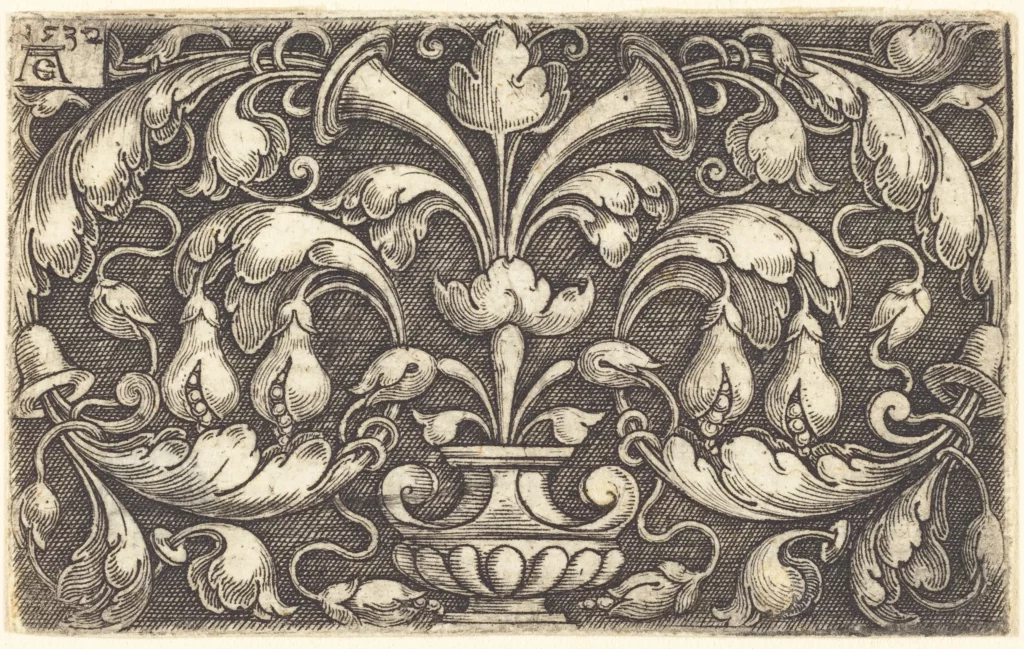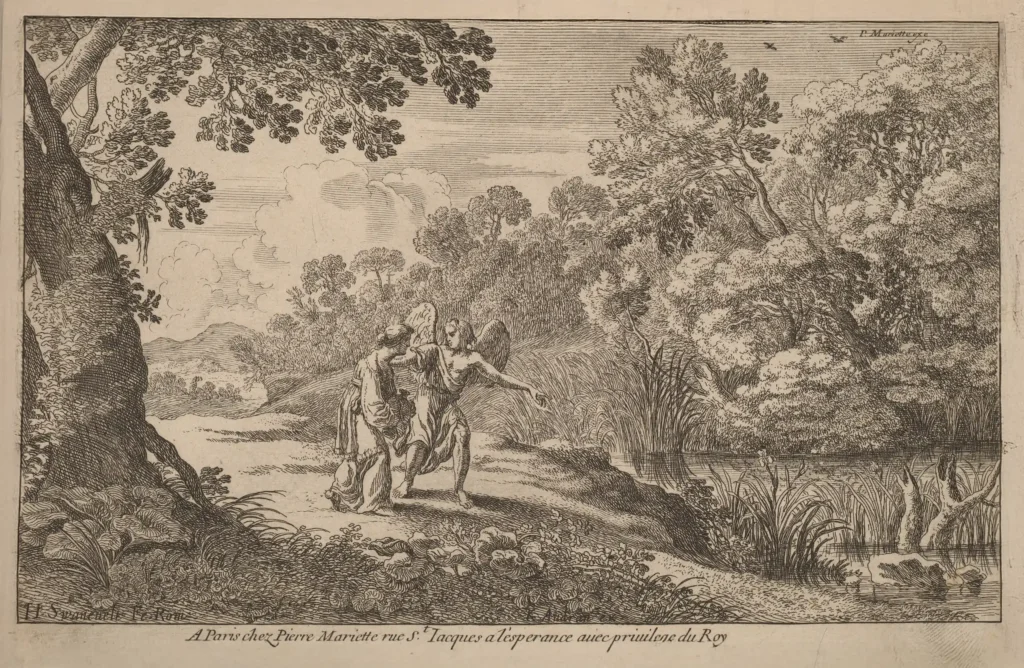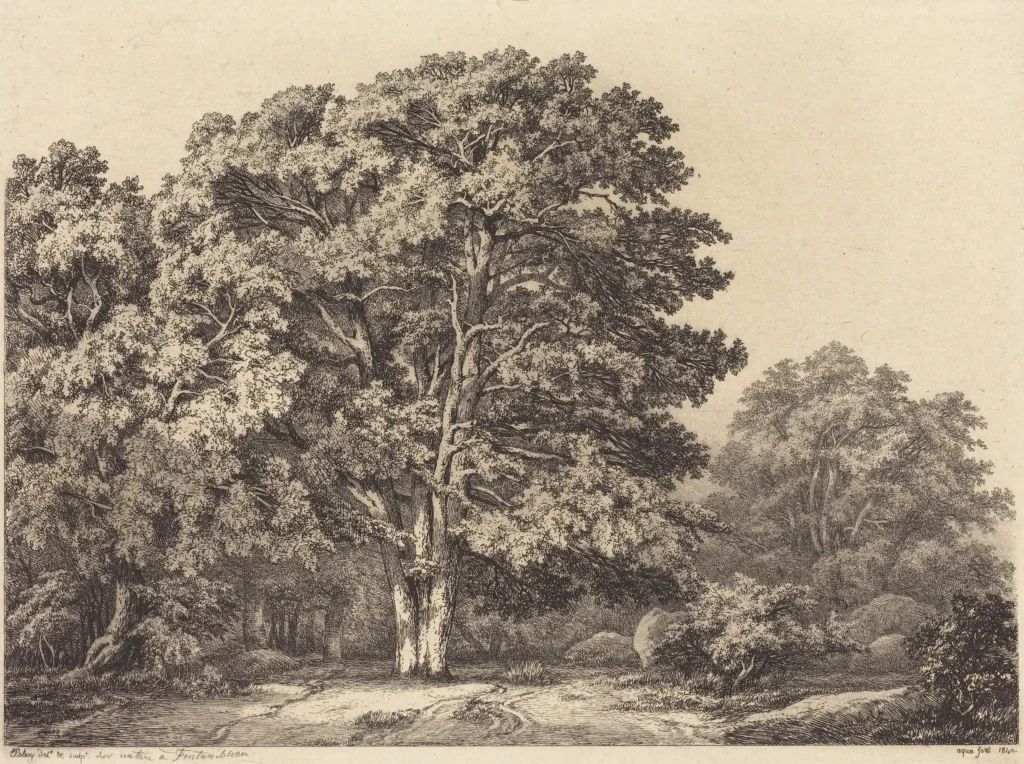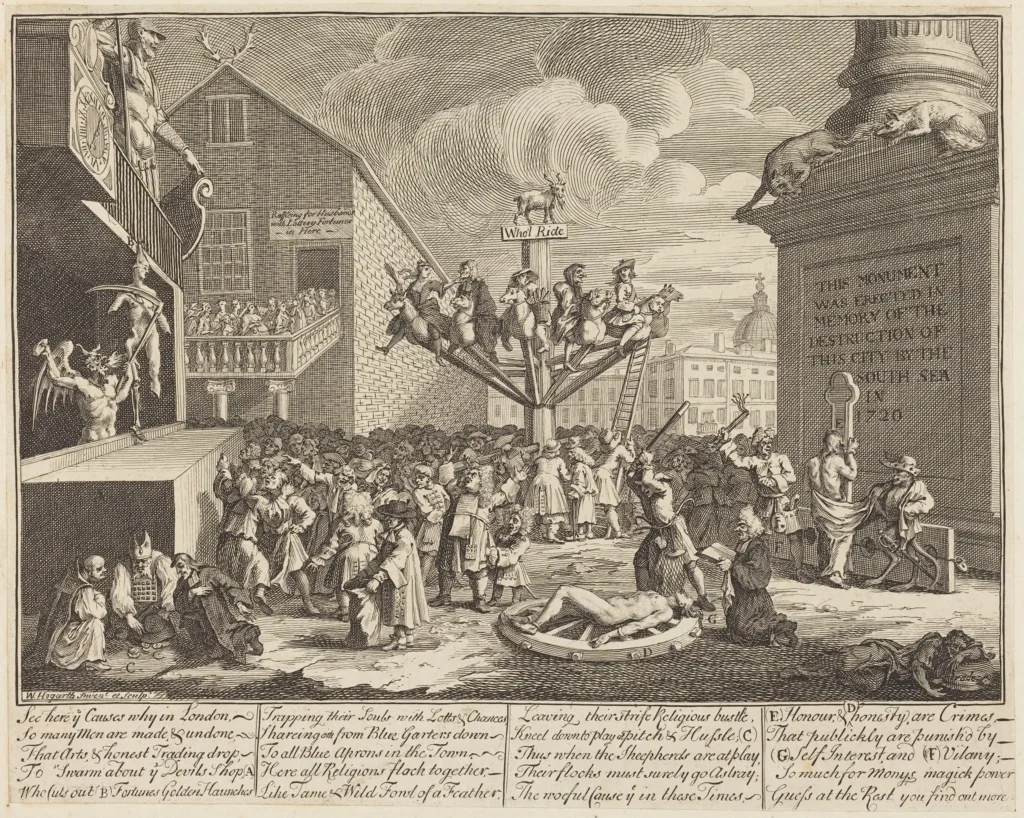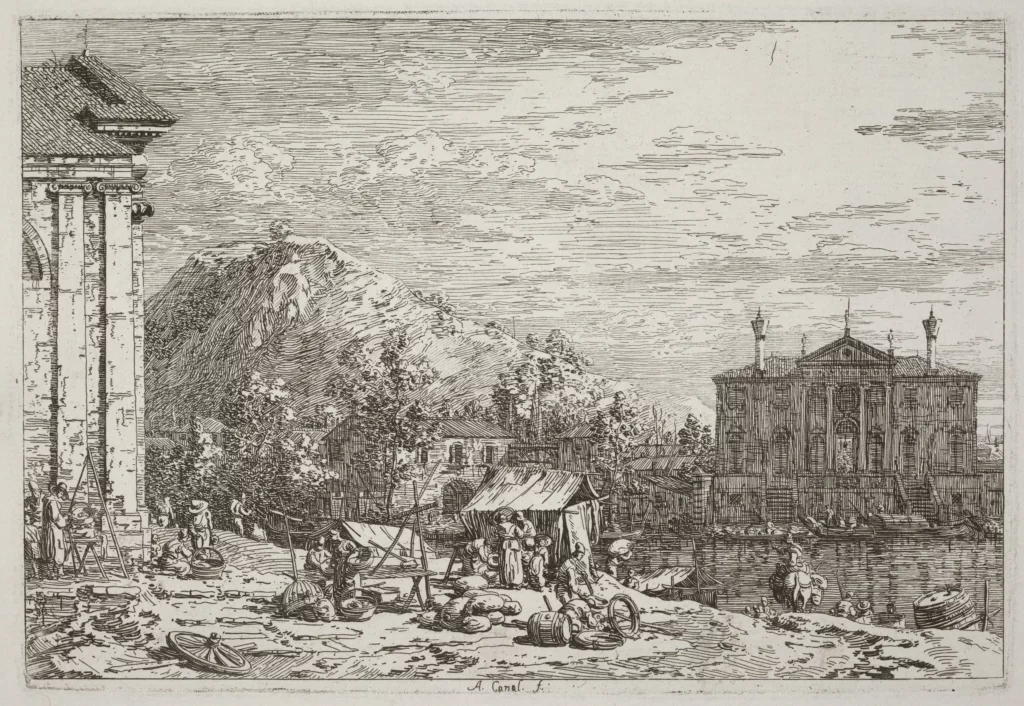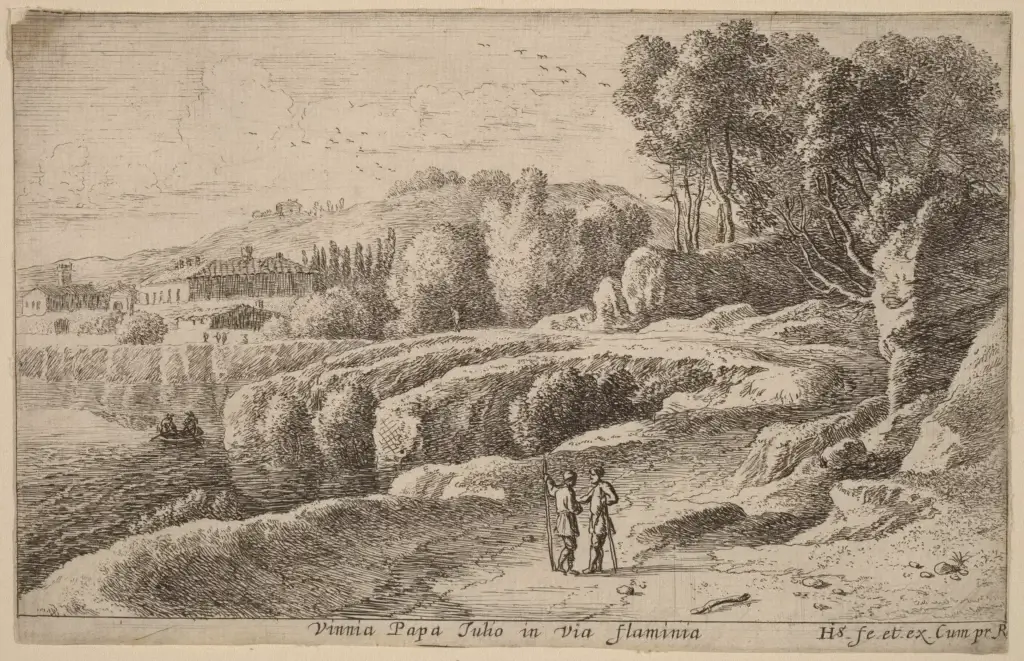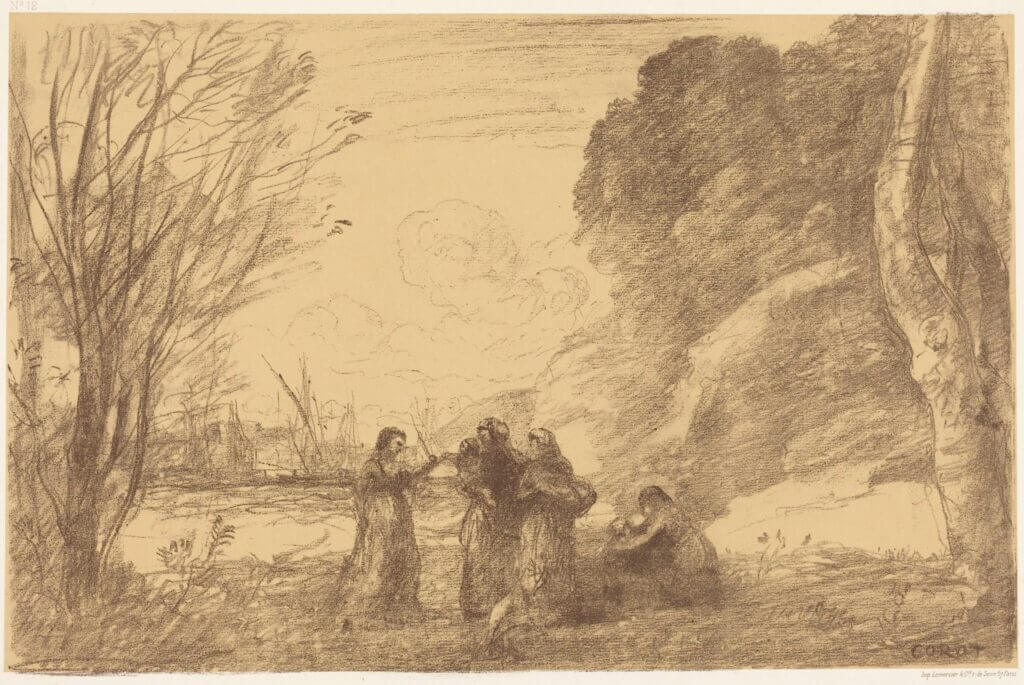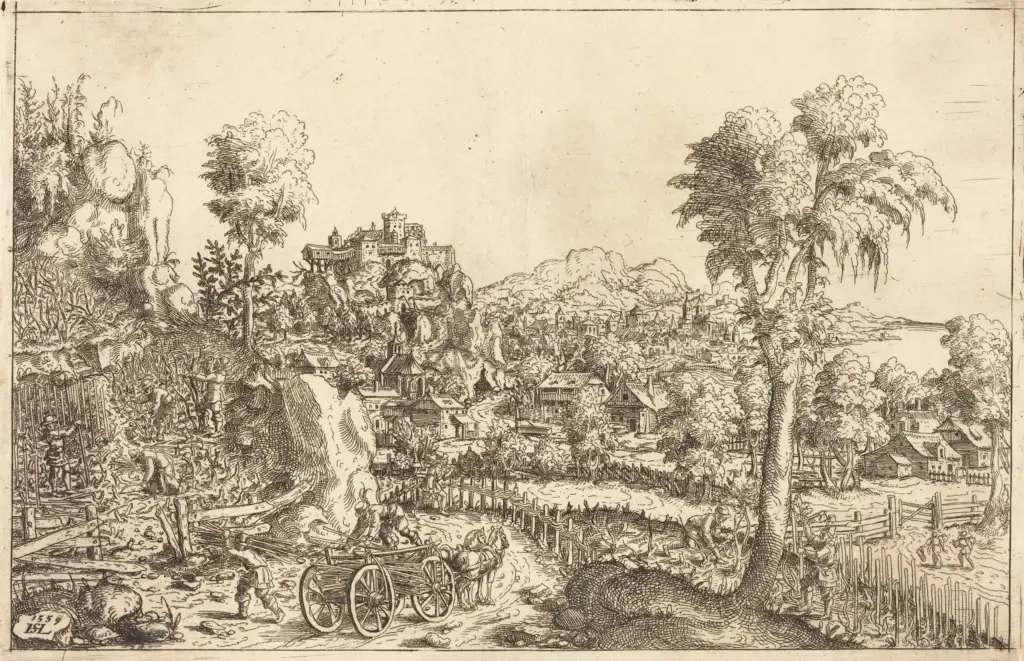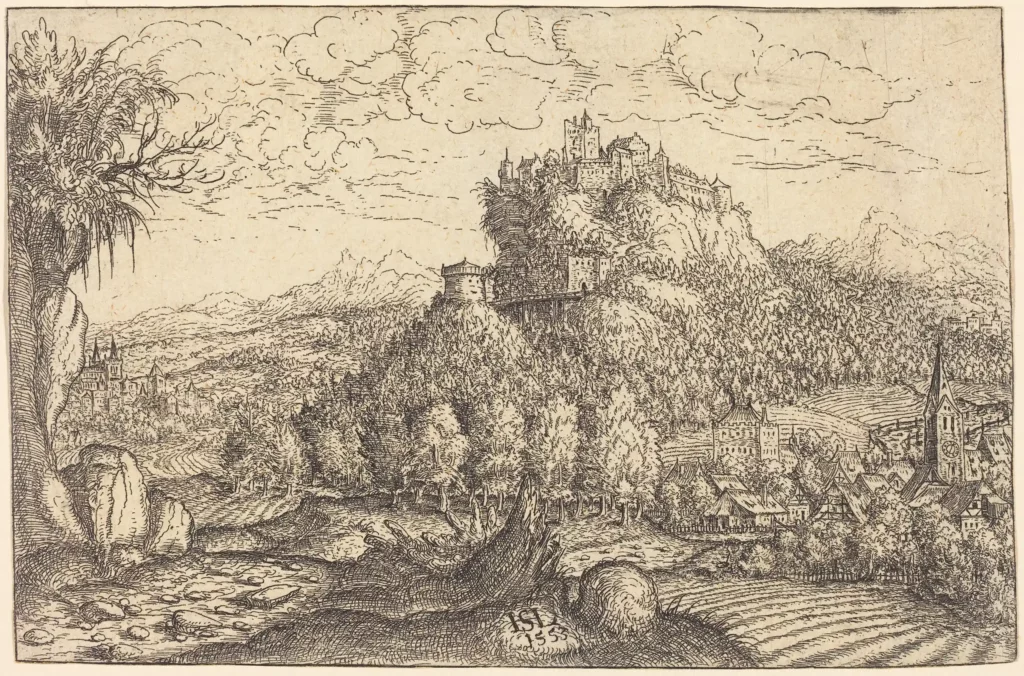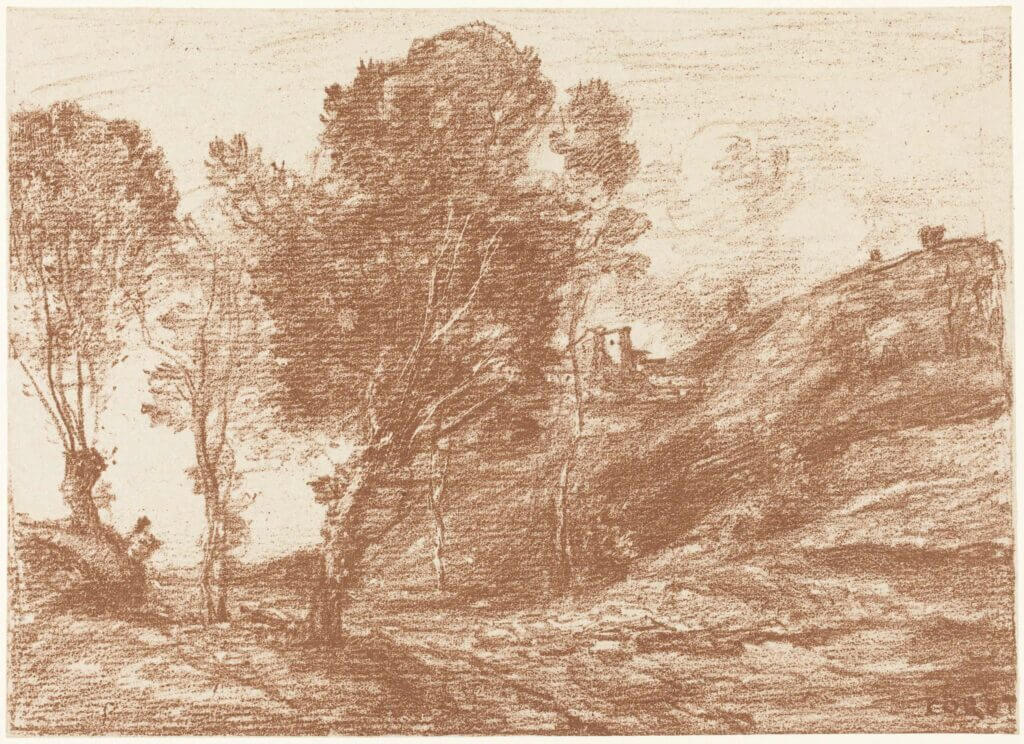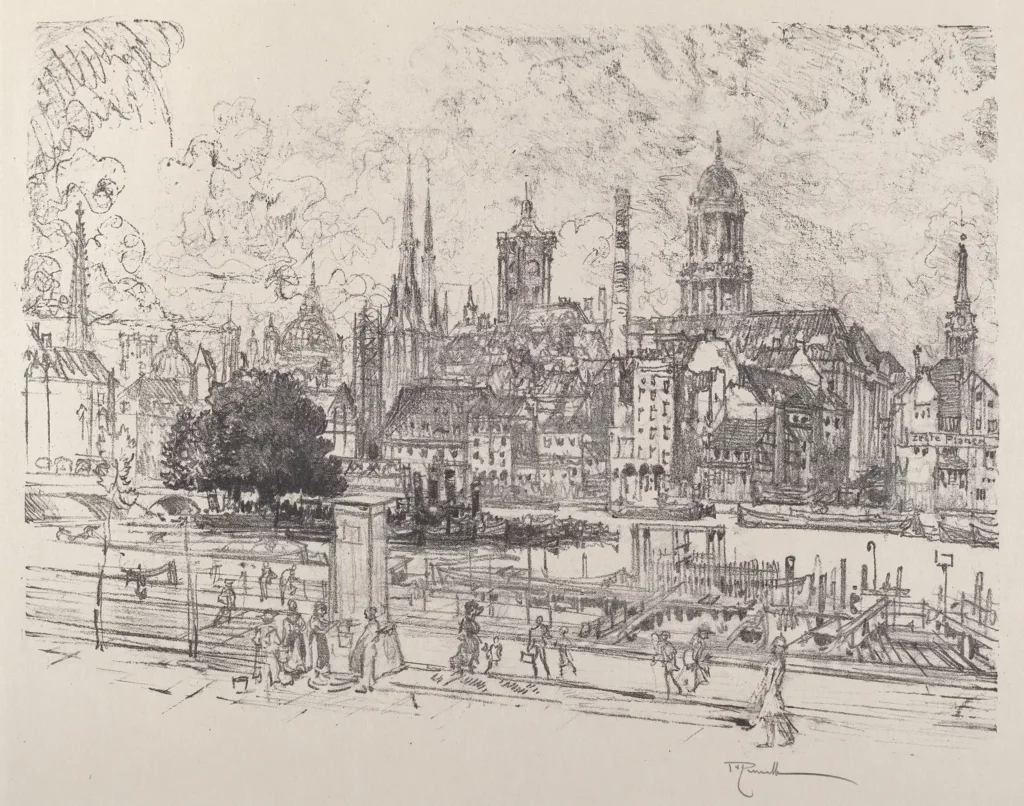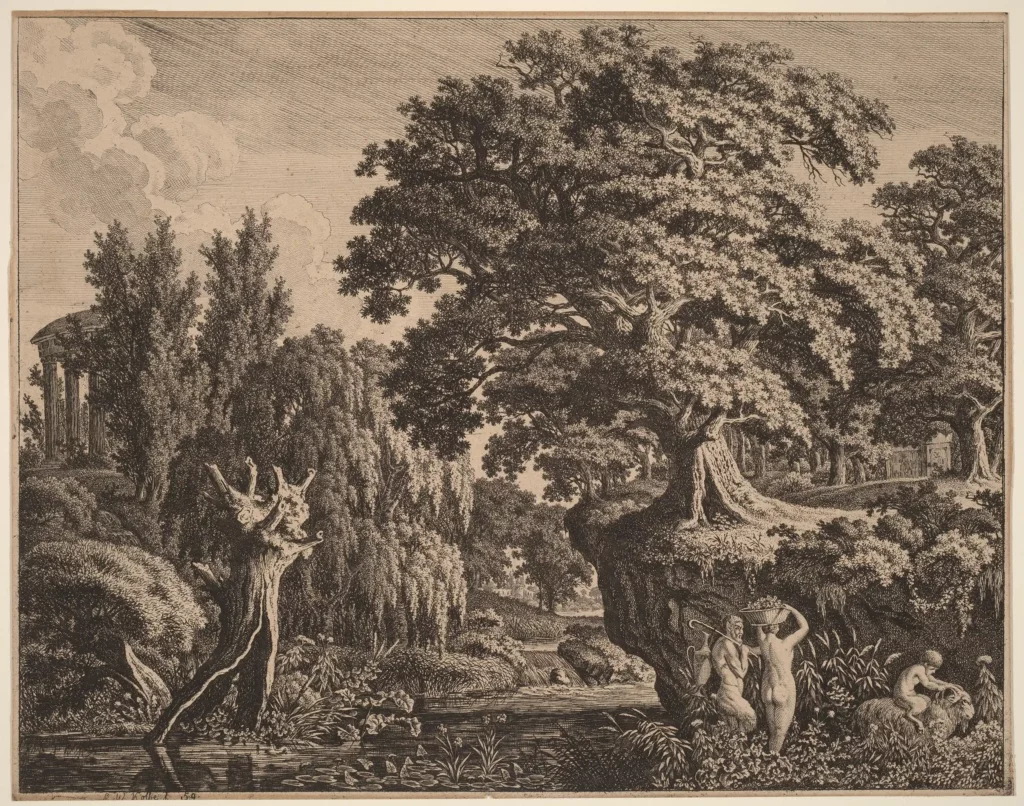Typographical
Ornaments
Typographical ornaments—known today as “dingbats”—originally stemmed from the public’s thirst for travel and décor. In past centuries, artists and then printmakers copied the patterns found on tiles and decorative architectural motifs encountered on travels around the world, and embellished printed materials with them. Over time, these decorative ornaments acted as proto emojis, augmenting written text with imagery and symbolism.
Our Creative Director, Jon Krauss, studied art history at Humboldt University Berlin, and brings his lifelong interest in typography to life in motifs and ornaments that interact and move in our website designs. Click and hold any of the ornaments on this page to experience their interactive behavior.
Interaction design can be a subtle, effective way to convert customers. More than merely decorative, interactive elements are “Easter eggs” that reward exploration and engagement, gamifying actions like scrolling, hovering, clicking, and holding.
Stumbling across one of these small pleasures in a website design can engender positive feelings for a brand. Like the sight of a shooting star, or a dog wagging its tail, an interactive element can elicit instinctive feelings of pleasure, “sparking joy” in the website user.
Custom-coded interactive decorative elements are today’s digital equivalent of bespoke craftsmanship, making a website feel high-quality and custom-designed. For the site visitor, this impression of high quality carries over to the perception of the brand’s products. Explore our website to view more interactive ornaments inspired by historic typography.
